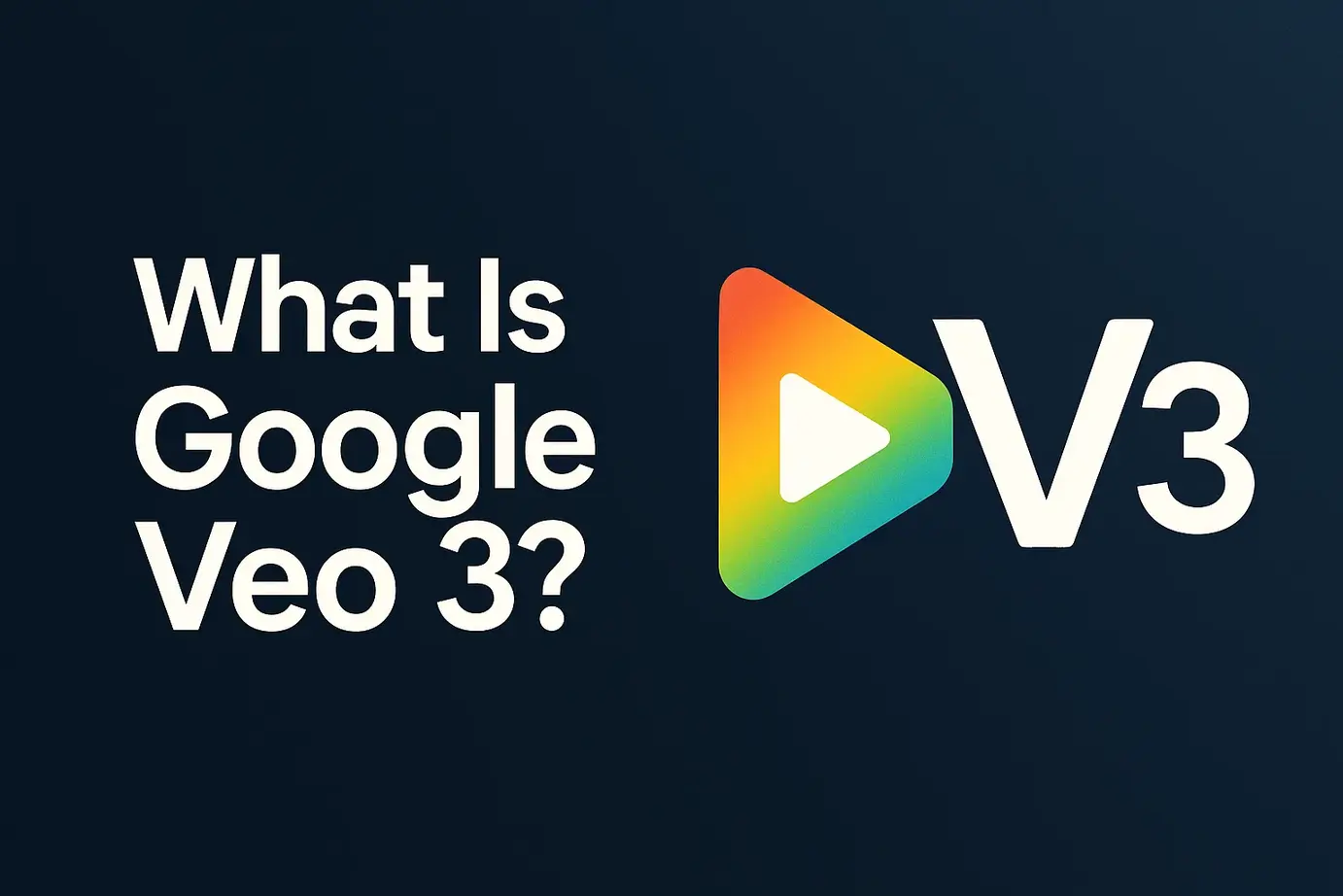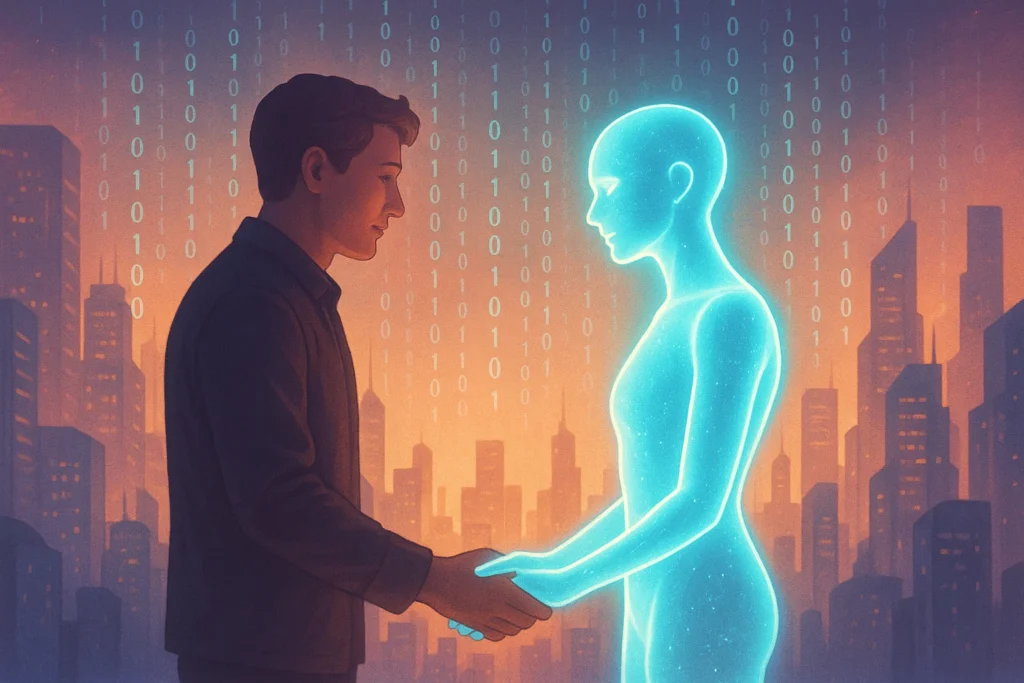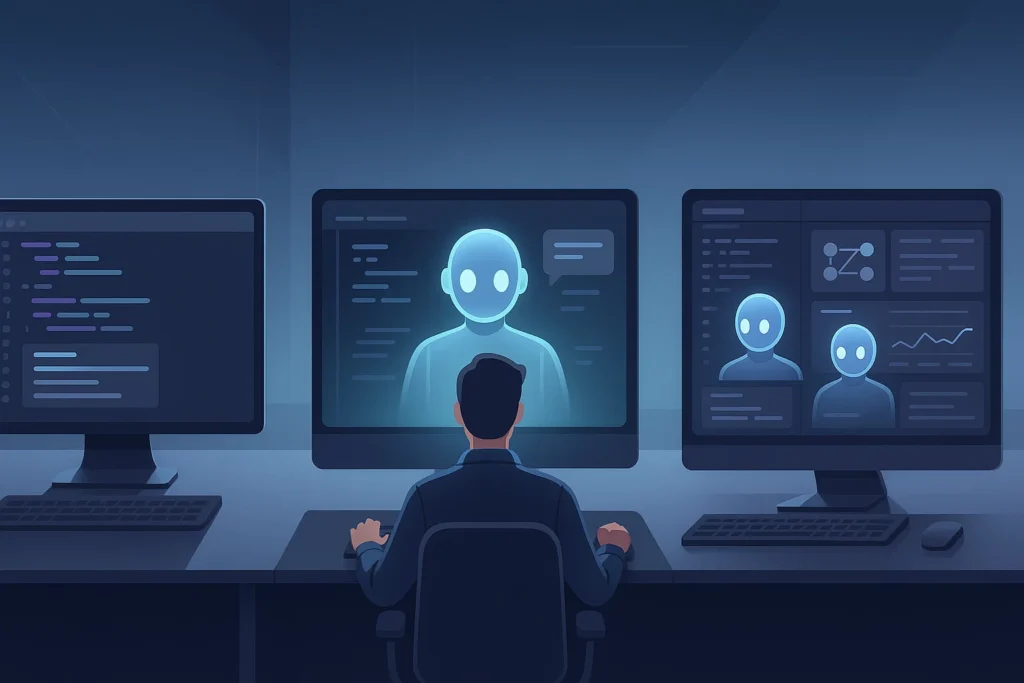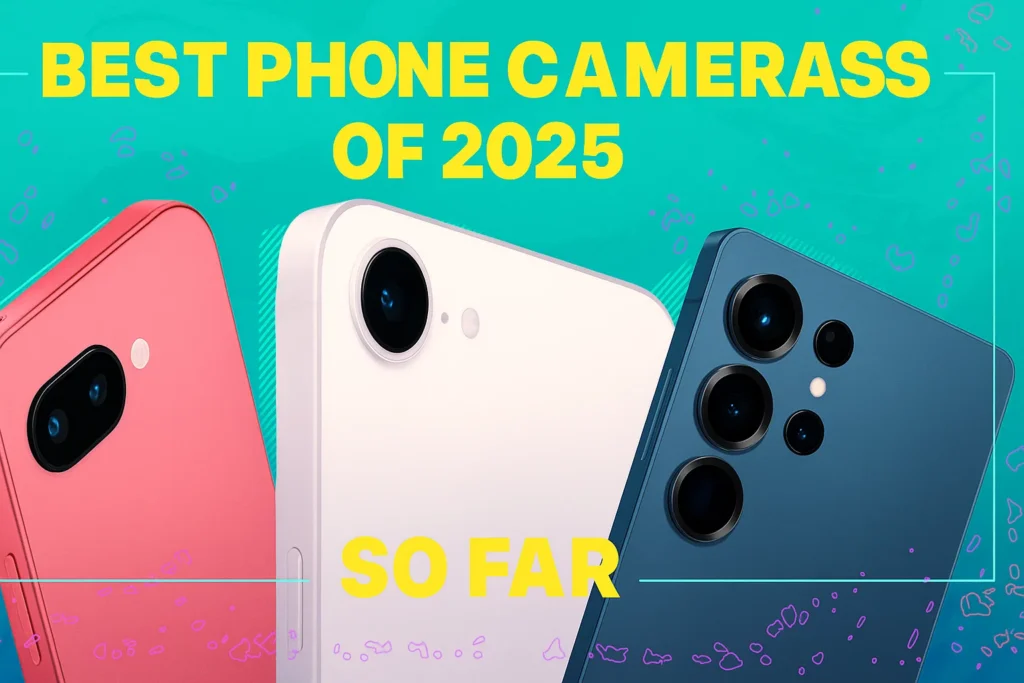Google Veo 3 is the latest AI video generation model introduced at Google I/O. Unlike previous versions, Veo 3 can now generate not just visuals, but also realistic audio and dialogue — often with no prompt required. This marks a massive leap in synthetic media, opening the door to both creative possibilities and potential misuse.
Veo 3 Can Think for Itself – Sort Of
When you create a video using Veo 3, you might get more than you asked for. One creator noticed that a generated clip included dialogue — even though no dialogue was part of the prompt. For instance, a police officer in a video scene declared, “We need to clear the street,” without the user ever writing those words.
This raises big questions. How much control does the user really have over the final output? And how far is too far when AI starts filling in the blanks?
Creating Deeply Realistic Content with Just Text Prompts
Over a short period, users have created videos of:
-
Breaking news anchors delivering fake announcements
-
Cartoon cats complaining about fishing
-
Simulated natural disasters, like the Space Needle on fire
-
Characters interacting with each other using invented speech
One clip, created by a law instructor, showed a fake news broadcast announcing the death of a real (and very much alive) U.S. official. The AI-generated scene was disturbingly believable.
The Good: Guardrails Are in Place (For Now)
Fortunately, Google has set some firm boundaries. Veo 3 won’t let you:
-
Depict real-world political figures in embarrassing or false scenarios
-
Generate dangerous misinformation (like fake attacks or deaths)
-
Create harmful or graphic content
This helps reduce the risk of immediate misuse. But how long will those protections hold as the tech evolves?
Veo 3 Is a Goldmine for Low-Effort Content Creators
If you’ve ever seen the repetitive, low-quality kids’ videos on YouTube — monster trucks jumping into vats of paint, endlessly — Veo 3 is basically built to churn them out. You can feed the AI a basic prompt, like “red car jumps over blue car into green paint,” and Veo 3 delivers a video with music, sound effects, and animation in minutes.
It’s no wonder some users call it an “AI slop machine” — perfect for mass-producing content with minimal effort.
The Creepy Factor: AI Dialogue You Didn’t Write
Perhaps the strangest part of Veo 3 is its spontaneous creativity. When prompted to create a scene with two cartoon cats fishing, the AI went ahead and added a conversation — one the user never requested. This isn’t just text-to-video anymore; it’s AI inventing context and stories.That could be great for creativity, but also deeply unsettling if used in the wrong hands.
Can It Be Used to Create Deepfakes?
Not exactly — at least not yet. Veo 3 still refuses to generate videos based on specific real-world individuals. You can’t upload a photo of a celebrity and have them speak lines you wrote. But you can create eerily convincing generic news anchors or characters in emotional situations — like a woman in a hospital bed or a person being threatened.
The lines between fiction and reality are starting to blur.
A Powerful Tool for Storytelling and Propaganda Alike
Google showcased Veo 3 as a filmmaking tool, with artists like Eliza McNitt and Darren Aronofsky already experimenting with it. But for every artistic creator, there are countless users ready to push out lowest-common-denominator videos that flood platforms like YouTube Kids.
This raises the question: Is Veo 3 more useful for innovation or manipulation?
Is Veo 3 the Future of Content Creation?
With its ability to auto-generate full scenes, sound effects, and dialogue, Veo 3 could change the way content is produced. A single creator could make short films, animations, or even fake news broadcasts without needing a studio.
At the same time, it shows how easily misleading or low-quality content can be mass-produced, further polluting digital platforms.
Final Thoughts
Google Veo 3 is a jaw-dropping piece of technology. Its ability to create rich, lifelike videos from basic text prompts — often adding sound and speech spontaneously — is nothing short of groundbreaking.
But with great power comes great responsibility. While Google has added safeguards, the potential for misuse remains a major concern. As this AI video tool continues to evolve, the real question is not what it can do — but how we choose to use it.
Other Blog





